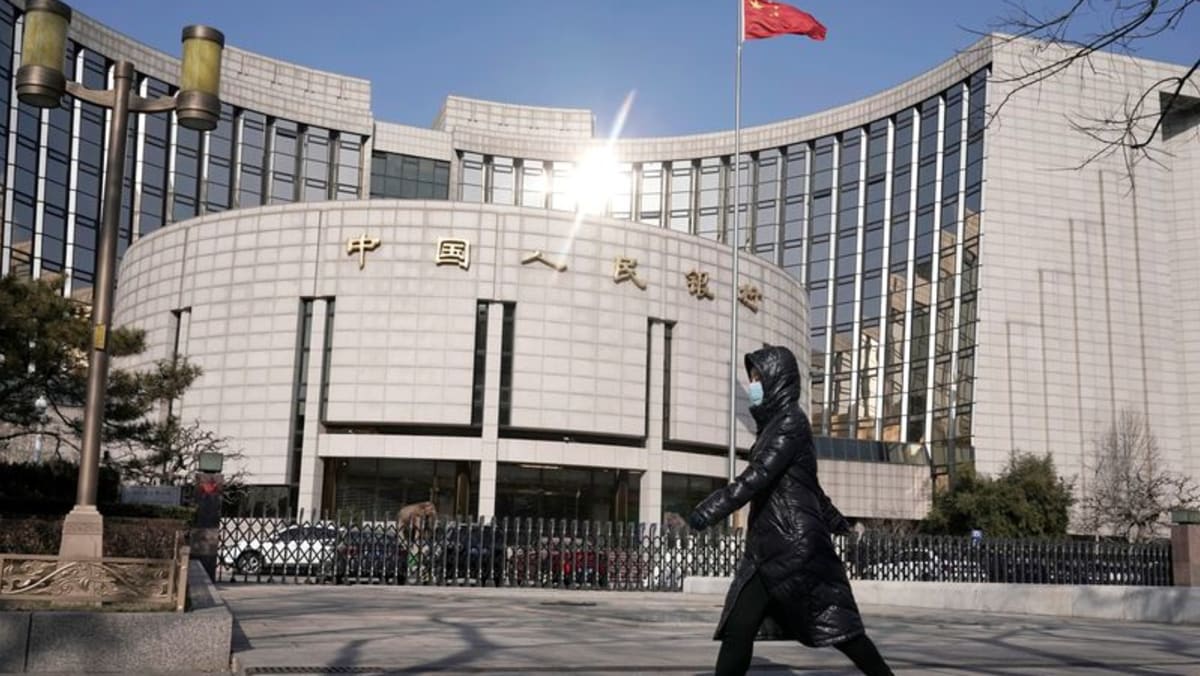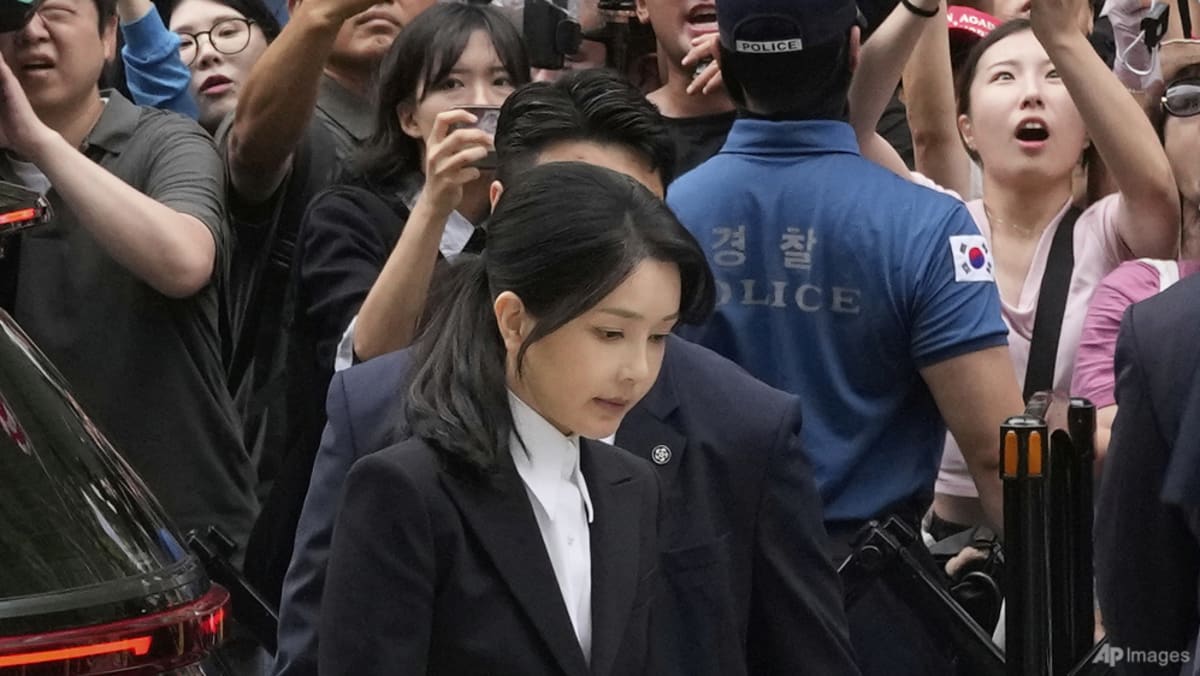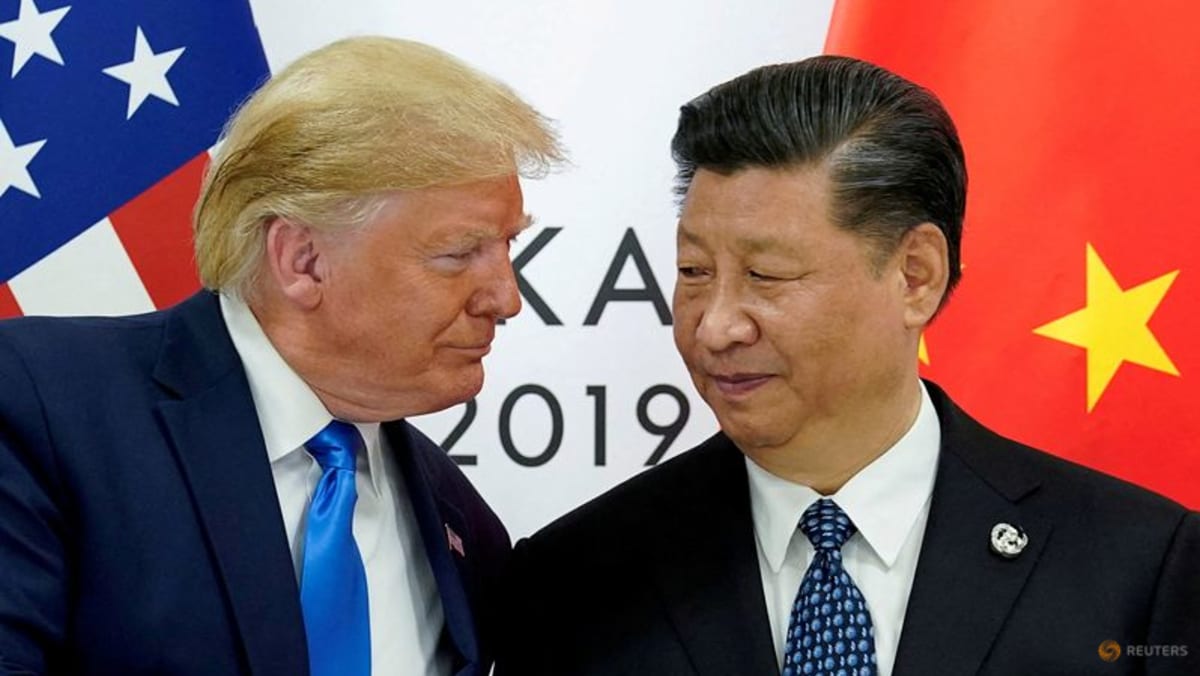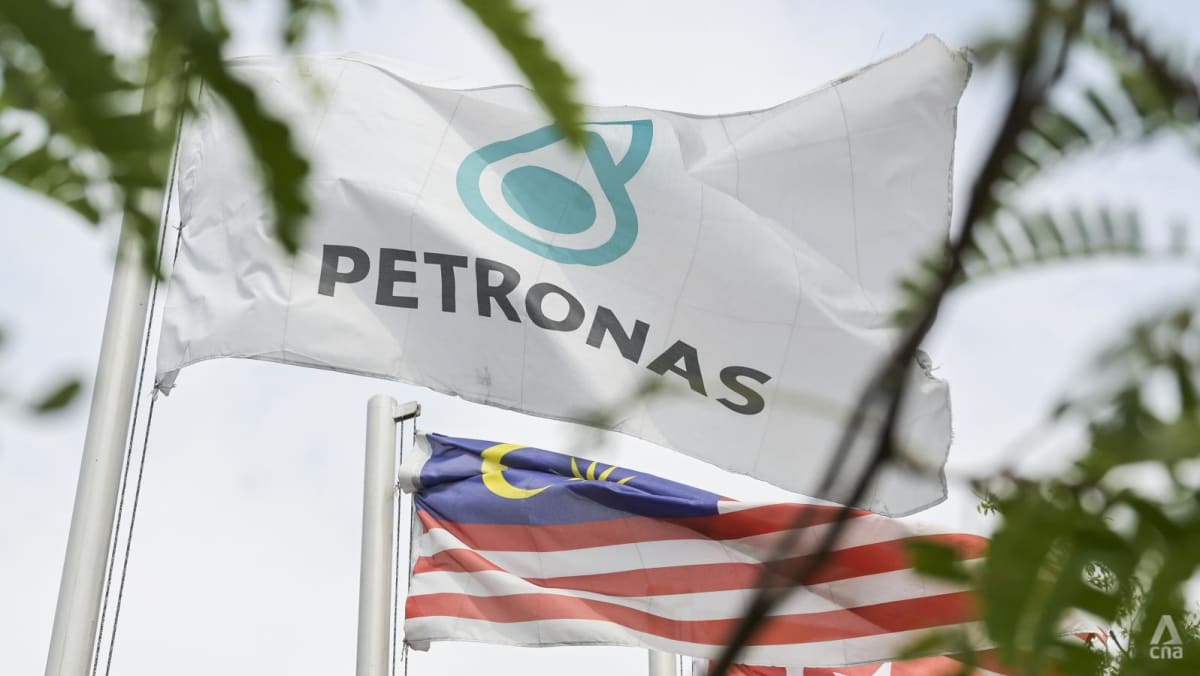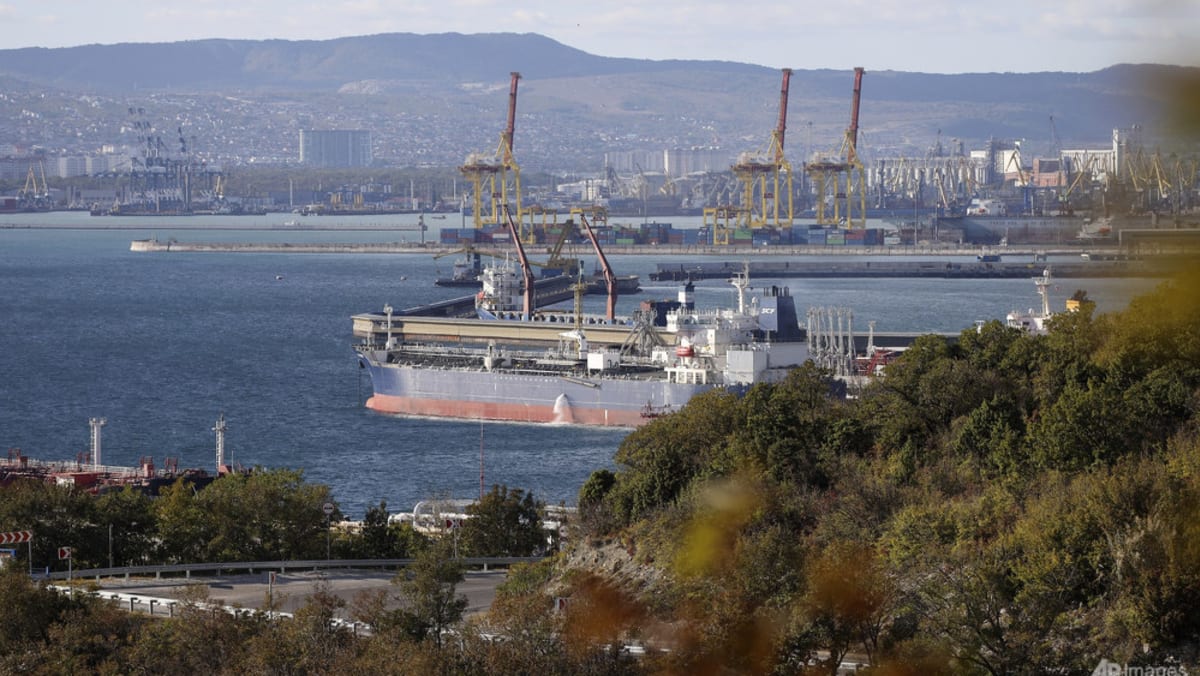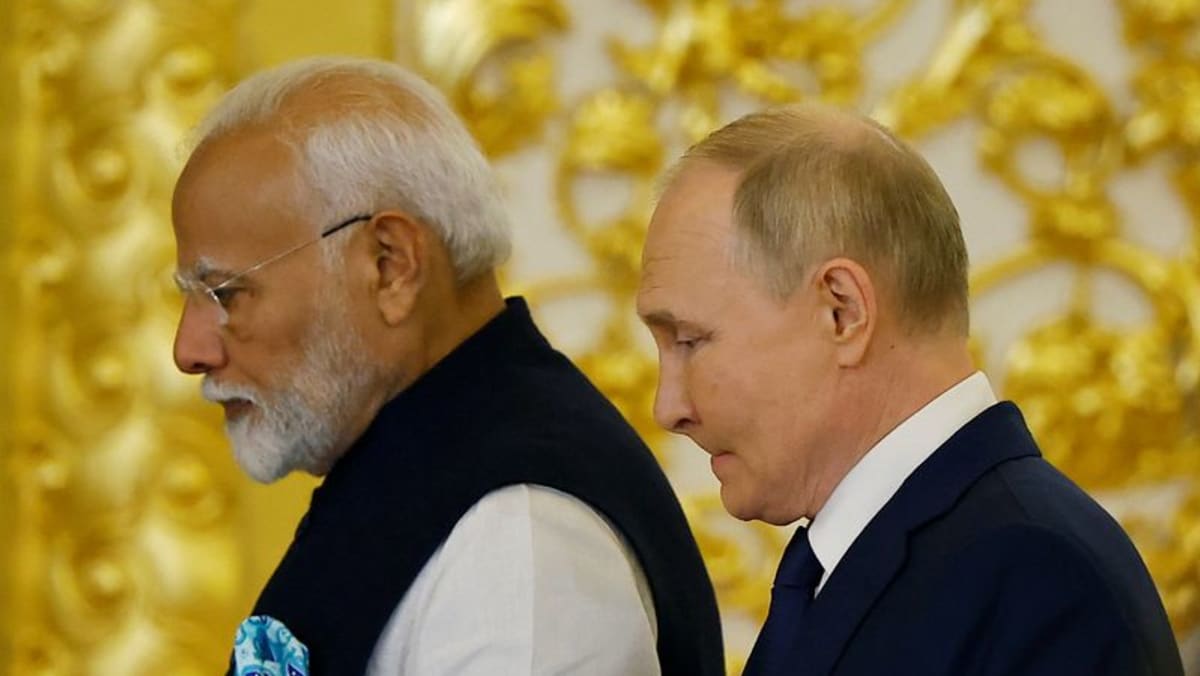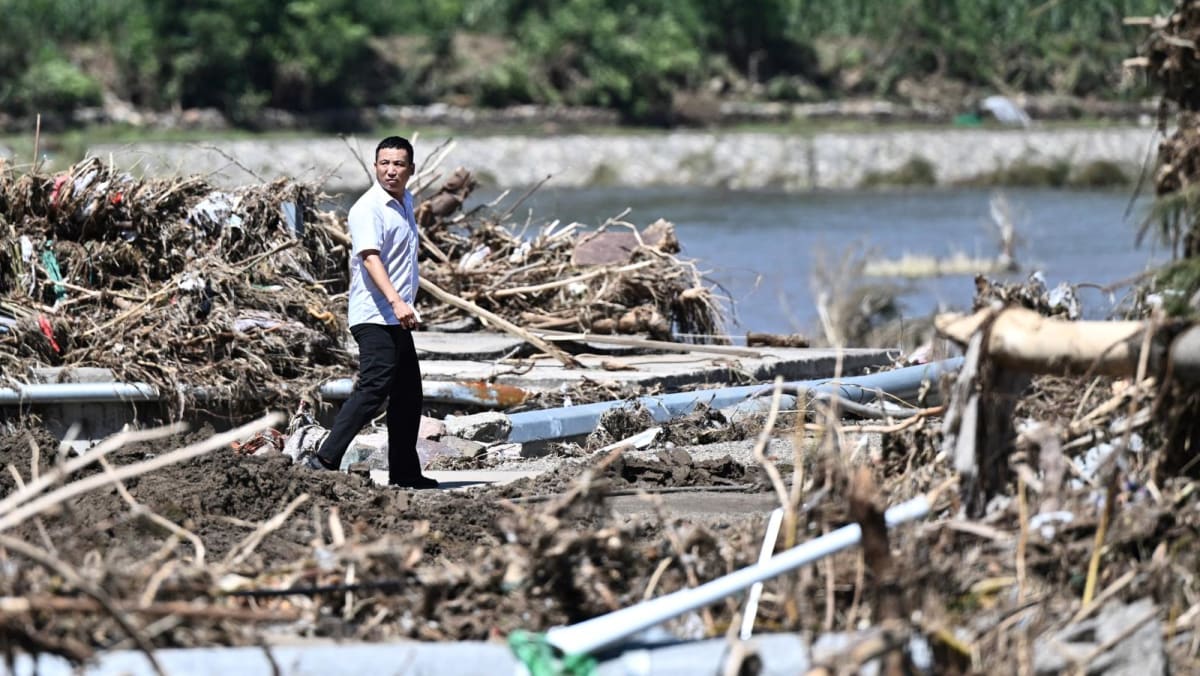MORE HELP NEEDED
But analysts pointed to a continued lack of actual stimulus funds needed to get the economy back on track.
“The policy measures released today are positive for the market and the economy,” Zhiwei Zhang, president and chief economist at Pinpoint Asset Management, said in a note.
“What is missing in this conference is new fiscal policy measures, which I think may be reserved for the future, if the economy suffers from the trade war and shows clear signs of slowdown,” he added.
Gary Ng, senior economist for Asia Pacific at Natixis, told AFP “it will take more to support growth”.
“If economic data does not improve, we will likely see more actions down the road,” he said.
Economists have warned that the disruption in trade between the tightly integrated US and Chinese economies could threaten businesses, increase prices for consumers and cause a global recession.
Beijing last month blamed a “sharp shift” in the global economy for a slump in manufacturing.
Exports soared more than 12 per cent in March as businesses rushed to get ahead of Trump’s swingeing tariffs.
Beijing has said it is targeting annual growth this year of around 5 per cent – the same as last year and a figure considered ambitious by many economists.
China last year announced a string of aggressive measures to reignite its economy, including interest rate cuts, cancelling restrictions on homebuying, hiking the debt ceiling for local governments and bolstering support for financial markets.
But after a blistering market rally fuelled by hopes for a long-awaited “bazooka stimulus”, optimism waned as authorities refrained from providing a specific figure for the bailout.
Analysts now think the impact of tariffs may lead Beijing to reconsider its caution and push ahead with fresh stimulus.





